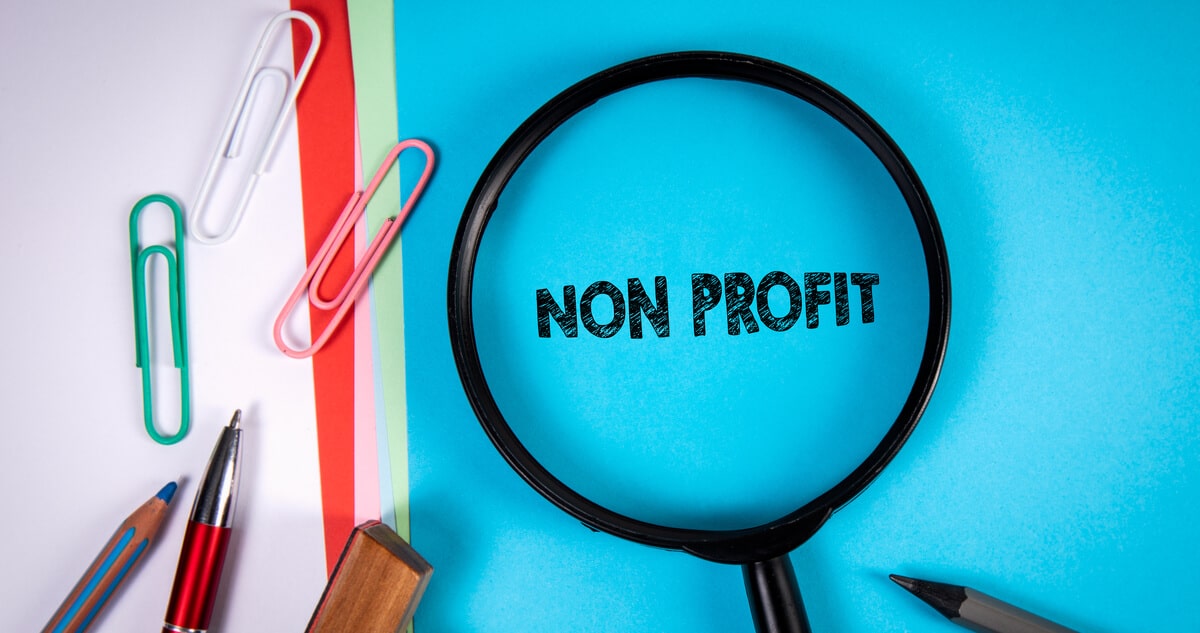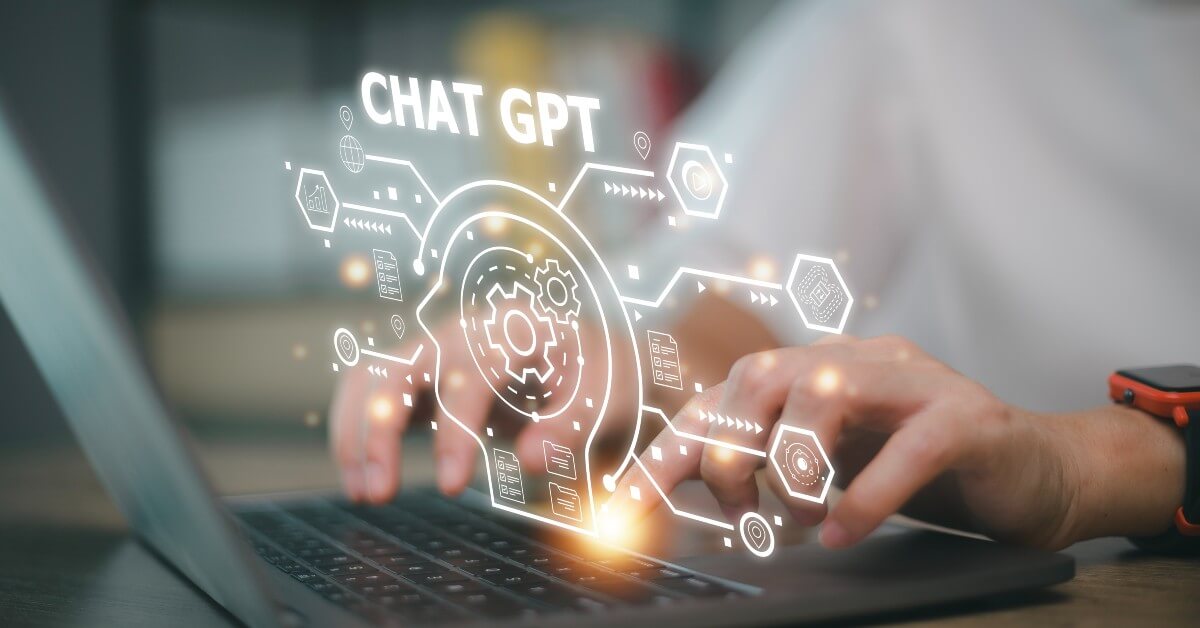TYSONS OFFICE
CORONAVIRUS RELIEF ALERT — CARES Act Alert #2: Be Ready to Apply for the New PPP/SBA Loan

Our CARES Act Alert #1 summarized key benefits for small businesses and 501(c)(3) nonprofits in the new CARES Act (complete text). A major benefit is the $349 billion Paycheck Protection Program (PPP), designed to help employers keep their employees on payrolls. The PPP delegates its loan and grant-making to the existing national network of lenders in the popular Section 7(a) business loan guarantee program of the Small Business Administration (SBA). This PPP is a brand-new program of the SBA (distinguished from its disaster relief and other programs) and still awaits its new policy guidance and loan application requirements (hopefully this week). Until then, you can get ready to apply as follows.
1. Determine Your Eligibility.
Nonprofit:
- Must be tax exempt under §501(c)(3) of the U.S. Internal Revenue Code (IRC).1
- Must have no more than 500 employees.
Small Business:
- Must have no more than 500 employees, or, if you employ a larger number,
- Must meet SBA’s size standards for your industry (see here or contact us).
2. Locate a Qualified Bank/Lender.
- Contact your usual bank or other lender to determine if it will serve as an SBA-approved lender for these new PPP/SBA loans. If not, locate an approved bank/lender that will be able to assist. Check with any FDIC bank, or see the 100 most active SBA lenders here.
- Inquire about its procedures for loan applications. The PPP/SBA application hopefully can be filed online through the lender with minimal or no in-person contact. But just in case it can’t, or an in-person visit is needed for any reason, seek the earliest possible appointment. Many banks have only 1-2 individuals in the office.
3. Have Your Documents Ready.
Document requirements are not yet known, but we suggest gathering the following:
- For small businesses: basic documents indicating your organization’s existence/good standing (usually available online via your state corporation commission/division).
- For nonprofits: copies of your IRS Determination Letter and last filed IRS Form 990. (For churches that are not formally recognized under IRC §501(c) and do not file 990s, you can contact us for an explanation and/or proof of eligibility. See also endnote, below.)
- 2019 payroll records and other records related to items listed in #4 below.
- You also should be prepared to sign a statement certifying that you need the loan due to economic conditions caused by COVID-19 and that you intend to use the loan to retain employees, maintain payroll, and make mortgage, lease, and utility payments (thereby fulfilling the purpose of the PPP).
4. Understand Your Payroll Information Calculations.
Have your HR/Finance teams gather sufficient information to respond to key issues, including the Maximum Loan Amount (not to exceed $10 million), which is based on a formula of 2.5X the borrower’s Average Monthly Payroll Costs based on the 12 months prior to the loan date. For this formula, you will need to calculate your eligible Average Monthly Payroll Costs based on the following:
Payroll Costs Include:
- Salary, wages, commission, or similar compensation up to $100,000 per employee.
- Payment for vacation, parental, family, medical or sick leave.
- Allowance for dismissal or separation.
- Payment for group health care benefits, including insurance premiums.
- Payment of any retirement benefits.
- Payment of state or local tax assessed on the compensation of the employee.
Payroll Costs Exclude:
- Salary, wages, commission, or similar compensation over $100,000 per employee, as prorated for the period February 15 to June 30, 2020.
- Federal payroll taxes and income taxes.
- Compensation for any employee whose principal place of residence is not in the U.S.
- Qualified sick leave wages for which a credit is allowed under Section 7001 of the Families First Coronavirus Response Act (FFCRA) or qualified family leave wages for which a credit is allowed under Section 7003 of the FFCRA.
5. Understand the Allowable Uses for Your Loan.
- Payroll support such as salaries, paid sick/medical leave, and medical insurance premiums.
- Mortgage interest or rent payments.
- Utility payments.
6. Understand Loan Forgiveness Requirements.
As noted in our CARES Act Alert #1 and will be detailed in coming Alerts, borrowers need to understand the requirements for loan forgiveness. Remember, the purpose of the Paycheck Protection Act is to protect paychecks by helping employers keep employees on the payroll (or rehire them within prescribed time limits and rules). If you lay off employees or reduce employee salaries by more than 25 percent after you receive the loan, the loan forgiveness will be reduced accordingly (and, basically, you will be required to pay back the remaining amount over a 10 year period at an interest rate up to 4%).
For assistance, please contact Nancy LeSourd or Matthew Szymanski. More Alerts will follow on these and other issues, including after SBA issues its guidance.
1The CARES Act provides: “(vii) the term ‘nonprofit organization’ means an organization that is described in section 501(c)(3) of the Internal Revenue Code of 1986 and that is exempt from taxation under section 501(a) of such Code.” This definition does not require IRS recognition of IRC §501(c)(3) status, and thus should include churches and their integrated auxiliaries that have not obtained IRS recognition but instead rely on the IRC §508 church exception to the exemption recognition requirement. We will be monitoring whether further guidance is given as to how a church may substantiate its §501(c)(3) status.




